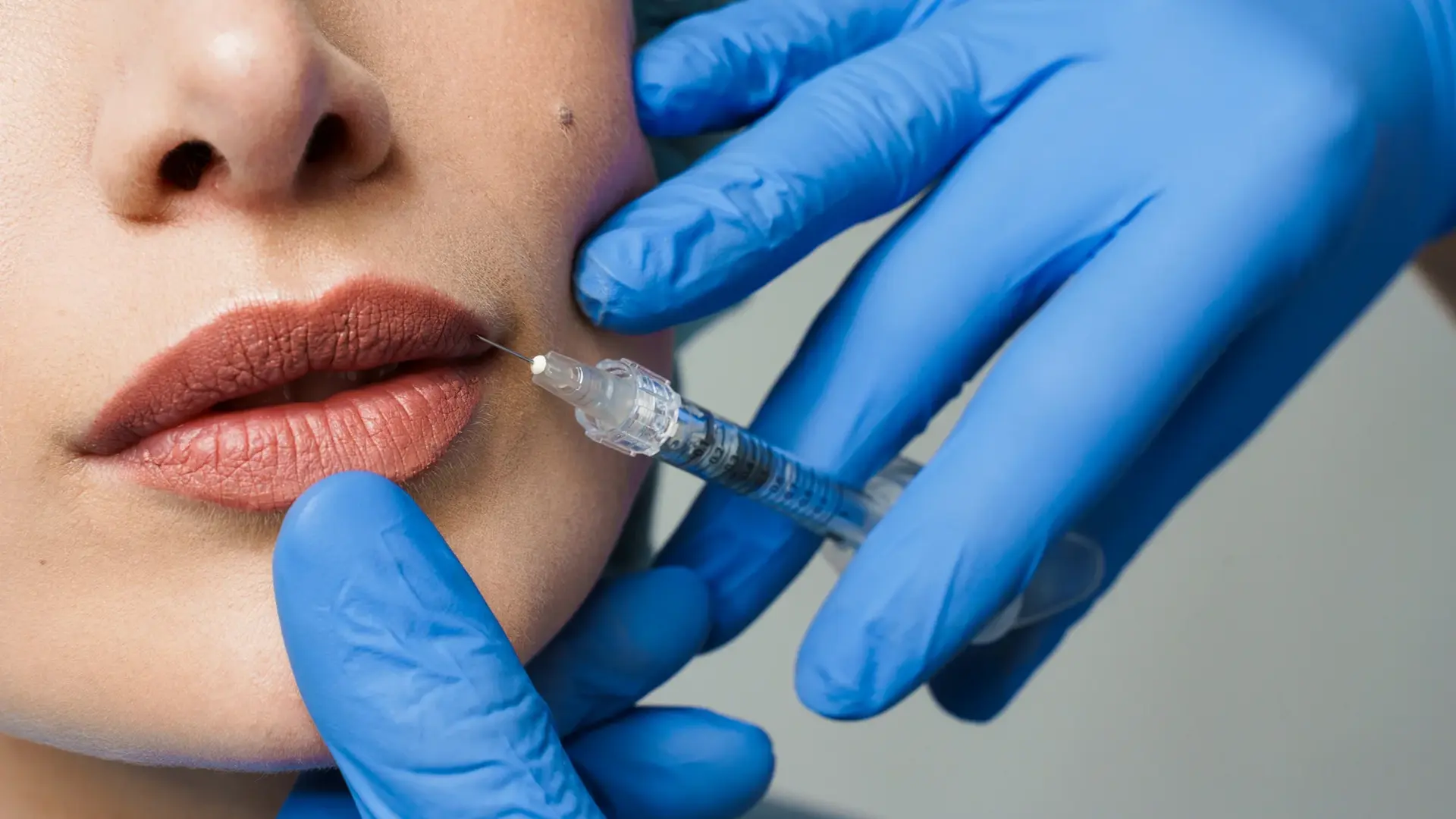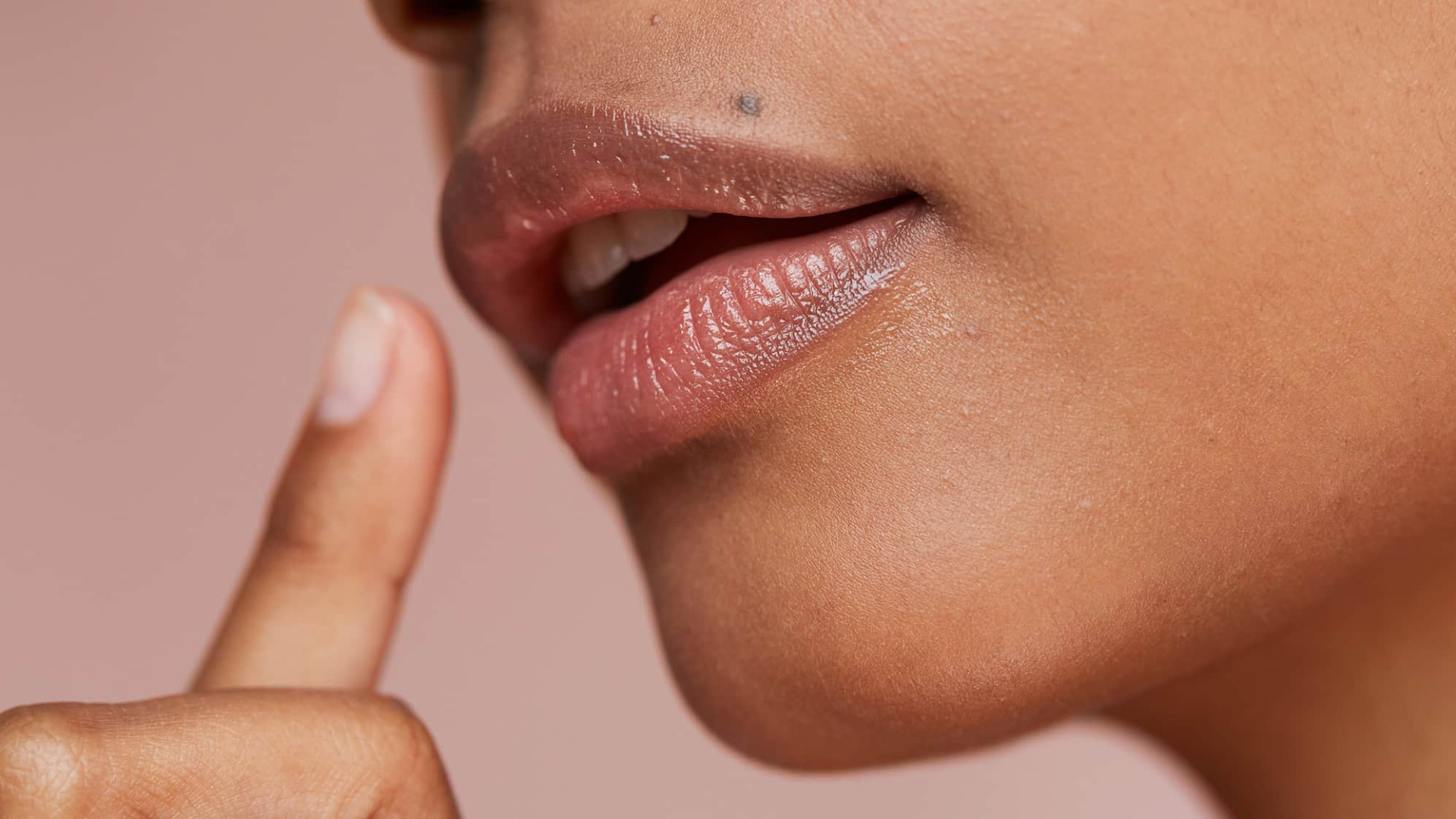Dissolving fillers by injecting hyaluronidase is the common method. Allergy testing should be conducted prior to the treatment; post-treatment care should maintain cleanliness and avoid strenuous activity for complications to be avoided.
What are lip fillers
Lip fillers are cosmetic procedures for lip beautification by injections, usually with hyaluronic acid, a naturally occurring product in the skin and joints. can be injected to boost lip volume, enhance the contour of the lips, and erase lip lines, which leads to a full, younger-looking lip. Because HA maintains moisture, it allows hydration of the subcutaneous structures and thus naturally keeps the lips full.
The popularity of lip fillers keeps growing, and many more people are striving for balanced and harmonious facial proportions. Depending on the type of filler used, the metabolic rate, and the life habits of a particular person, the effect may last for 6 to 12 months. There are different types of fillers, but HA-based fillers are the most popular because they are reversible and safe enough.
However, fillers are not permanent. Some people may be unhappy with the final results or would like to dissolve it due to personal preference, aesthetic change, or uneven distribution of the substance. Where this happens, doctors recommend the use of hyaluronidase to dissolve the HA fillers.
Why dissolve it
Reasons for lip filler dissolution vary and are as unique as the individuals experiencing them, but some common complaints usually involve dissatisfaction with the cosmetic appearance or intolerance of adverse reactions. Others, once having received augmentation of the lips, may feel that their lips have become too full, disproportionate, or even that the placement of the filler has been uneven, resulting in asymmetry. With time, fillers will shift and sometimes create lumps or areas of hardness; such problems may necessitate dissolving the filler.
Dissolving fillers in this regard occurs most frequently by injecting hyaluronidase, an enzyme that rapidly degrades HA. Injecting hyaluronidase allows the doctor to precisely control the speed and place of breakdown for a given filler in order to solve unsatisfactory results or side effects. Depending on the amount of filler required and area to be dissolved, it may take anywhere between a few minutes up to half an hour.
Some people can have functional disturbances with overfilled lips: stiffness, problems with pronunciation, or discomfort during eating may affect the natural mobility of the lips. Hyaluronidase will quickly remove these side effects and restore normal lip function.
In a minority of people, lip fillers can cause allergic reactions or other problems, which include congestion, swelling, or serious infections. These may be also treated by dissolving the filler. Though fillers are made to be absorbable, dissolving them speeds up the process of resolving problems and avoiding long-term discomfort or side effects.
Common side effects
While the dissolving of fillers with hyaluronidase is effective and fairly safe, it is not without any risks. Since everybody’s body is different, some side effects may arise after this treatment. Most side effects include swelling, bruising, localized discomfort, and pain.
After a few , the lip area is almost always associated with some low-grade inflammatory responses. This is quite normal and will occur whenever the body responds to the presence of the foreign substance. In most instances, these symptoms are transient and could disappear in a few days. Sometimes, in exceptional cases, certain patients may tend to have hypersensitivity or allergic reactions to hyaluronidase, manifesting rashes, swelling, itching, or even worse symptoms like difficulty breathing.
Other less predictable results of the use of hyaluronidase include lip asymmetry. In some instances, if the enzyme becomes distributed too much or works faster than required, portions of the lips may become over-dissolved, affecting the overall appearance. Further corrective procedures, like reapplying HA fillers, could be required to reinstate the aspect. Note: Some of the reasons explained above are not strictly hyaluronidase side effects, per se.
Temporary swelling
The most common reaction to hyaluronidase in the course of the dissolving process is swelling, and almost all patients will demonstrate a certain degree of swelling shortly after the injection. The local tissue response to the enzyme and the actual physical trauma of the injection will cause swelling at the site of injection. It usually peaks within 24 to 48 hours and then gradually resolves in the course of a week.
This temporary swelling does not cause health issues in the future, but it may temporarily affect the appearance of the lips. Doctors can recommend that the patient hasten the process of reducing the swelling by applying cold compresses soon after the procedure and avoiding heavy activities that would result in increased swelling, or any heat treatments that encourage swelling. If the swelling lasts for more than a week without reducing, then the patient is required to see the doctor to check for other complications.
In some patients, lip swelling persists for a longer period. This could be the result of hypersensitive skin or a slow metabolic rate. To prevent extreme swelling, medical professionals may prescribe anti-inflammatory medication or use local anesthesia before the procedure to minimize discomfort post-injection.
Allergic reactions
Considering the incidence is very low, it does not eliminate the possibility. Of all, hyaluronidase injection sites show the risk for acute allergic reaction. The symptoms are local erythema, itching, or pain. In severe conditions, one may suffer from systemic reactions that include shortness of breath, hypotension, and shock.
Other estimates put the overall incidence of hypersensitivity reactions to hyaluronidase at a low 1%. Since hyaluronidase is of animal tissue origin, however, a very few patients may demonstrate sensitivity to its protein components, especially those patients who have allergies to bee stings and insect bites or with immune system problems.
In an attempt to prevent adverse allergic reactions, the physicians conduct a before injecting hyaluronidase. It will aid the doctors in assessing whether or not there is any potential risk of allergic reaction to this enzyme within the body of the patient. If the signs and symptoms of an allergic reaction are found within the patient during this test, then the physician may prefer other modalities or even perform the procedure in a much safer clinical environment.
Physicians usually recommend antihistamines to patients who have mild allergic attacks. Patients with severe symptoms such as difficulty breathing or swelling are advised to immediately seek medical assistance to minimize more complicated health ailments.
Infection risks
Any form of injection carries a risk of infection, although such risks are at their minimum under good medical conditions. Generally, infections occur if bacteria enter the injection site at the time of injection or if post-procedure care advice has not been adhered to by the patients. An infection at the site where dissolving lip fillers have been injected with hyaluronidase may present as increased redness, pain, or pus.
Cosmetologists further note that the infection rate of cosmetic injections is less than 1 percent; this, however, reminds one of the cleanliness and care to be observed thereafter. In case of infection, doctors forbid usually touching of the treated area and advise minimal use of cosmetics, especially those containing substances with the capacity to irritate the lips. It would also be better to avoid, for the time being, highly predisposing environments for bacterial development such as public swimming pools and saunas until the lips heal up.
Once an infection sets in, it should be treated promptly. Usually, physicians prescribe antibiotics to avoid further spread of infection. If infection is not timely treated, it may result in further serious complications and even lead to the interference with the function of lips or necrosis. Because of that, follow-ups and after-care are very crucial.
Consult a professional
Although the procedure of dissolving fillers is relatively safe, it is a medical aesthetic treatment that nevertheless requires an experienced professional to execute. Selecting a doctor with rich clinical experience can not only improve the success rate but also effectively reduce the possibility of side effects. The doctor should be proficient in dissolving fillers and able to give an in-depth analysis of every patient’s particular situation in order to come up with the most appropriate treatment plan.
Before the dissolving of fillers, there is a need for consultation by patients with the physician concerning their expectations and needs. They also have to be aware of possible side effects that could occur after the procedure. In this manner, the patients will be informed and better prepared for possible options that might be available; thus, the process of treatment will run as smoothly as possible.





